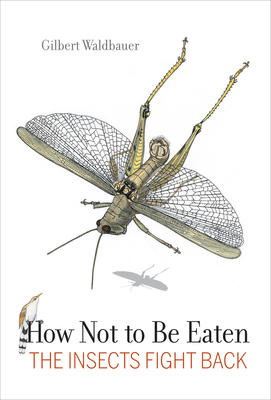Expedite your nonfiction book discovery process with Readara interviews, summaries and recommendations, Broaden your knowledge and gain insights from leading experts and scholars
In-depth, hour-long interviews with notable nonfiction authors, Gain new perspectives and ideas from the writer’s expertise and research, Valuable resource for readers and researchers
Optimize your book discovery process, Four-to eight-page summaries prepared by subject matter experts, Quickly review the book’s central messages and range of content
Books are handpicked covering a wide range of important categories and topics, Selected authors are subject experts, field professionals, or distinguished academics
Our editorial team includes books offering insights, unique views and researched-narratives in categories, Trade shows and book fairs, Book signings and in person author talks,Webinars and online events
Connect with editors and designers,Discover PR & marketing services providers, Source printers and related service providers

How Not to Be Eaten: The Insects Fight Back
Science > Life Sciences - Zoology - Entomology
- University of California Press
- Paperback
- 9780520383005
- 8.9 X 5.9 X 0.9 inches
- 0.7 pounds
- Science > Life Sciences - Zoology - Entomology
- (Single Author) Asian American
- English
Readara.com
Book Description
All animals must eat. But who eats who, and why, or why not? Because insects outnumber and collectively outweigh all other animals combined, they comprise the largest amount of animal food available for potential consumption. How do they avoid being eaten? From masterful disguises to physical and chemical lures and traps, predatory insects have devised ingenious and bizarre methods of finding food. Equally ingenious are the means of hiding, mimicry, escape, and defense waged by prospective prey in order to stay alive. This absorbing book demonstrates that the relationship between the eaten and the eater is a central--perhaps the central--aspect of what goes on in the community of organisms. By explaining the many ways in which insects avoid becoming a meal for a predator, and the ways in which predators evade their defensive strategies, Gilbert Waldbauer conveys an essential understanding of the unrelenting coevolutionary forces at work in the world around us.
Author Bio
Gilbert P. Waldbauer (1928- ) served as Professor of Entomology (1960-1995) at the University of Illinois. He studied agricultural pests, pest management, mimicry, and insect mating but he also wrote books on biology and entomology for the general public. Throughout his career Professor Waldbauer worked internationally as a researcher and government consultant.
Gilbert P. Waldbauer was born on April 18, 1928, in Bridgeport, Connecticut. He served in the U.S. Army Honor Guard to General Douglas MacArthur from 1946 to 1947, and was stationed in Tokyo, Japan, during this time. Upon returning to the U.S., Waldbauer completed his Bachelor of Science degree in entomology in 1953 at the University of Massachusetts. He then earned his Master of Science and Ph.D. in entomology at the University of Illinois at Urbana-Champaign, in 1956 and 1960, respectively.
Waldbauer served as a professor of entomology (1960-1995). He toured the country speaking about natural history for the Massachusetts Conservation Council (1952-1953). He was an associate member of the Center of Zoonoses Research (1963-1964) and a research affiliate in entomology at the Illinois State Natural History Survey (1970). Internationally, he was a visiting scientist at the Instituto Colombiano Agropecuario in Palmira, Columbia (1971); a senior scientist at the International Rice Research Institute in the Philippines (1978-1979); and a USAID consultant to the Pakistan Agricultural Research Council in Islamabad, Pakistan (1985).
Professor Waldbauer is nationally and internationally recognized for his research into the adaptive significance of individual and group behavior among insects, including cecropia moths, bean leaf beetles, whiteflies, South American stink bugs, and corn earworms. During his career, Waldbauer authored and co-authored more than 100 academic articles. He also served as a reviewer for the National Science Foundation, and he was awarded grants from U.S. Department of Agriculture and the National Geographic Society for his research on agricultural pests and pest management.
Since his retirement, Waldbauer has published several popular science books, including Insects through the Seasons (1996), The Handy Bug Answer Book (1998), Birder's Bug Book (1998), Millions of Monarchs, Bunches of Beetles: How Bugs Find Strength in Numbers (2000), What Good are Bugs? Insects in the Web of Life (2003), Insights from Insects: What Bad Bugs Can Teach Us (2005), A Walk around the Pond: Insects in and over the Water (2006), and How Not to Be Eaten (2012).
Source: University of Illinois Archives
Videos


Community reviews
No Community reviews

